In Directive No. 10/CT-TTg dated March 2, 2024 on promoting sustainable, transparent and effective production, trading and export of rice in the new situation, the Prime Minister requested to study and promote the implementation of a rice trading floor. Reporter of Industry and Trade Newspaper had an interview with Dr. Dinh The Hien -
expert on this issue.
Could you tell us how the establishment of the exchange will affect the current Vietnamese rice market? Currently, there are over 100 commodity exchanges
in the world , 46 in Asia alone, and most of them were established after 1990. Commodity exchanges are thriving in the world because they create competition and fairness; narrow the gap between production and the market, provide information to farmers, thereby preventing traders from forcing down prices.
 |
| Dr. Dinh The Hien - Economic expert |
For Vietnam, establishing a rice trading floor in particular and agricultural products in general is extremely necessary because it will help Vietnamese goods integrate with the world's trade trends. With rice, we have enough conditions and capacity to produce from rice sources in the Mekong Delta and the rice granary of Cambodia. We have a great advantage from companies that can coordinate capital and goods sources, along with large raw materials from national reserves. In addition, there is experience in trading derivatives from investors on the commodity exchange with a scale of up to 4,000 billion VND/day.
In fact, a rice or agricultural product trading floor in general is not a new idea. Since 2009, when the Rice Festival was first held in Hau Giang , this idea has been promoted to create transparency for the market. However, that idea has not been implemented yet. What is the cause of this situation, sir? There are many reasons for this stagnation. First, the parties involved do not really want to launch such an exchange. For example, rice; although we have many businesses operating in this field, in reality, only 5-7 large state-owned enterprises dominate, so they do not really want to buy and sell through the exchange. Second, to establish an exchange, we must invest in an international delivery center (general warehouse) because even though trading on the exchange is futures contracts, when needed, we must have immediate delivery, but our infrastructure is still weak. The third factor is that those assigned by the state to "build the exchange" are not determined.
The government assigns it to localities, and localities assign it to departments and branches, but how can departments and branches have enough capacity to implement it? Besides, among the investors participating in the market, few are qualified enough, they only like to participate in surfing to make profit on the derivatives exchange....
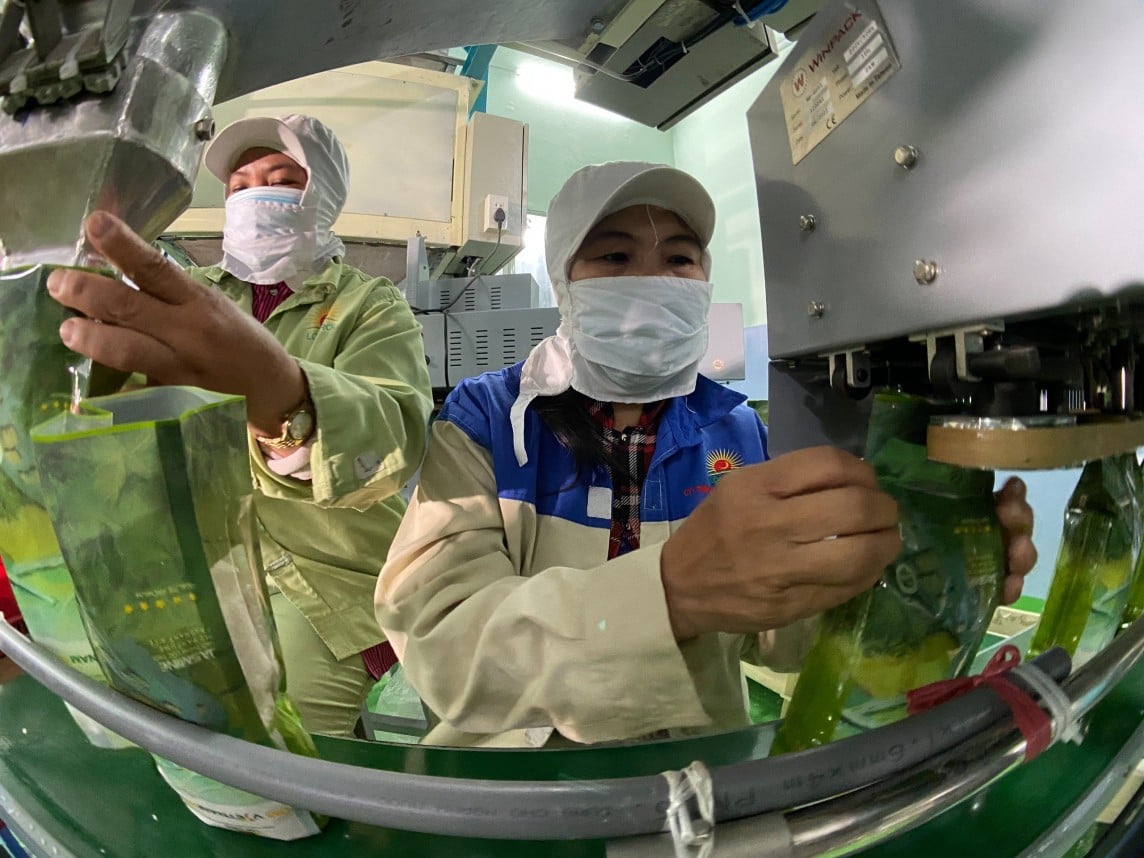 |
| Building a rice trading floor will help make the market more transparent. |
Vietnam's coffee, pepper, rice... have large export volumes in the world, but farmers and processing companies are always at a disadvantage in terms of price due to the lack of a trading floor. Specifically, in the case of robusta coffee, when foreign partners do not have goods, they are forced to turn to the London floor. This is also the reason why the price of robusta coffee futures on the London floor increased sharply by 300 - 400 USD/ton in September 2023.
According to you, what factors are needed to build a successful rice trading floor? We hope to build an international trading floor so that instead of us looking for customers, customers will come to us and trade on the floor, like on the stock market. But to do this, we need many factors. First, the products must be standardized in quality and concentrated. The floor is also the link between the spot market and the futures market, so it is necessary to have a centralized freight forwarding center and bonded warehouse. For example, when a customer wants to buy 500 tons of rice and wants to receive it on a certain day, we must have a bonded warehouse to ensure timely delivery. Second, there must be large enterprises with sufficient capital capacity. Like the stock market, it took us 20 years to build. Third, there must be a force of participants from an active speculative perspective, when the price is low, they buy, when the price is high, they sell. Continuous buying and selling activities help keep prices stable, without too much fluctuation. Fourth, for the trading floor to be successful, there must be specific and drastic instructions from policy makers. Along with that, there must be the cooperation of strong enough companies operating under a joint stock model, including the role of state-owned enterprises and financial institutions. Only then can this rice trading floor operate smoothly. Previously, companies and commodity trading centers such as steel, sugar, seafood, etc. all failed because only private enterprises or the state participated without any connection. Accordingly, if assigned to a private unit, it would be easy to be like the Vietnam Commodity Exchange - an intermediary unit for investors to trade and collect fees without being able to establish a floor for products in Vietnam. Meanwhile, if the state implements it, it would easily fall into the same situation as the previous seafood, fruit, and coffee trading centers, which would fail without the participation of investors. In addition, in the long term, it is necessary to train human resources, a press information system, and consultants on
agricultural economics and diverse, independent agricultural commodity trading to support farmers, cooperatives, and businesses in predicting prices, output, markets, and providing financial investment advice on agricultural commodities.
Thank you!| Organizing and managing the trading floor must be strict. Mr. Nguyen Van Thanh - Director of Phuoc Thanh IV Production - Trading Company Limited said that the successful construction of the rice trading floor will help the rice market to be transparent and limit risks. Accordingly, when the trading floor is built, investors participating together will help reduce financial pressure for businesses during the harvest season. On the farmers' side, when businesses take the initiative in raw material areas, farmers will have more stable prices. In addition, foreign customers do not need to go to the factories but only need to go to the floor to see reputable businesses, quality and legality, thereby reducing risks. However, the most important thing is that the organization and management of the floors must be strict to avoid price inflation and negativity. |
window.fbAsyncInit = function() { FB.init({ appId : '256691024665615', cookie : true, xfbml : true, version : 'v18.0' }); FB.AppEvents.logPageView(); }; (function(d, s, id){ var js, fjs = d.getElementsByTagName(s)[0]; if (d.getElementById(id)) {return;} js = d.createElement(s); js.id = id; js.src = "https://connect.facebook.net/vi_VN/sdk.js"; fjs.parentNode.insertBefore(js, fjs); }(document, 'script', 'facebook-jssdk'));




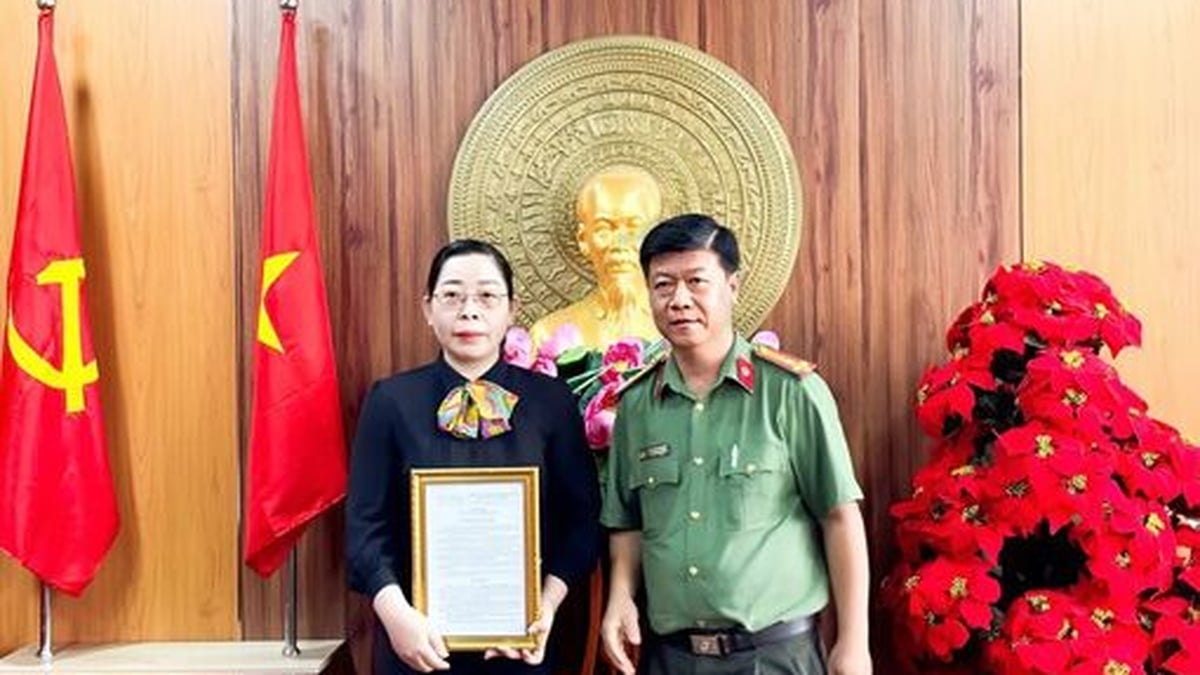
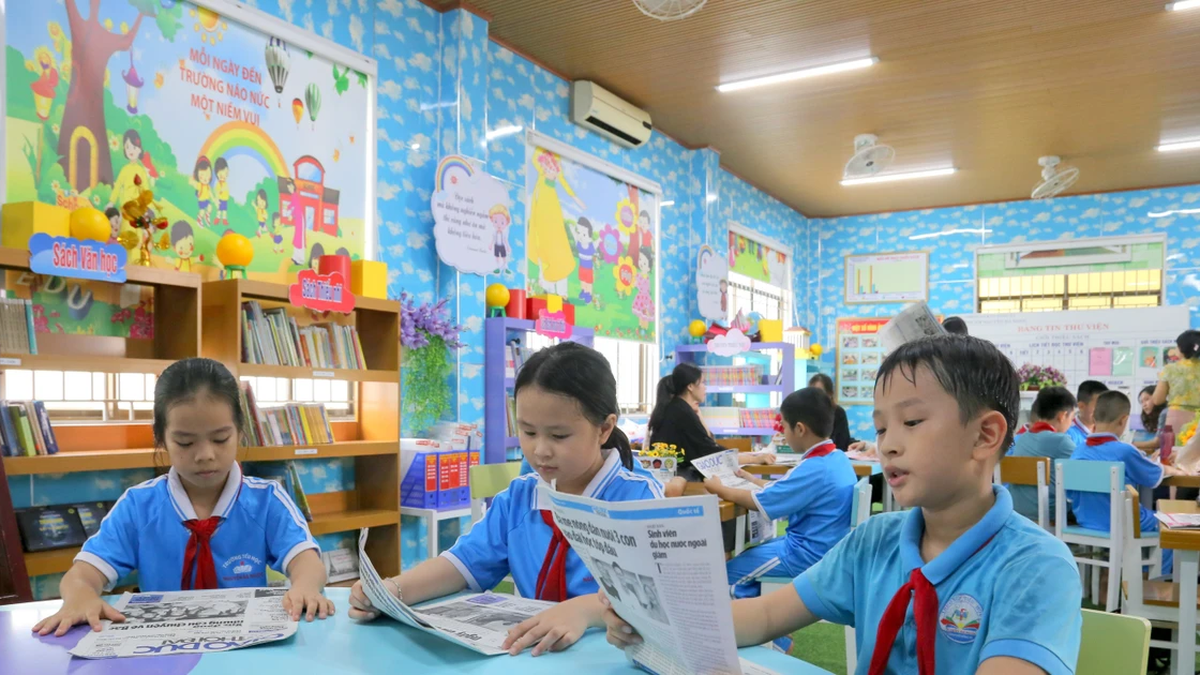


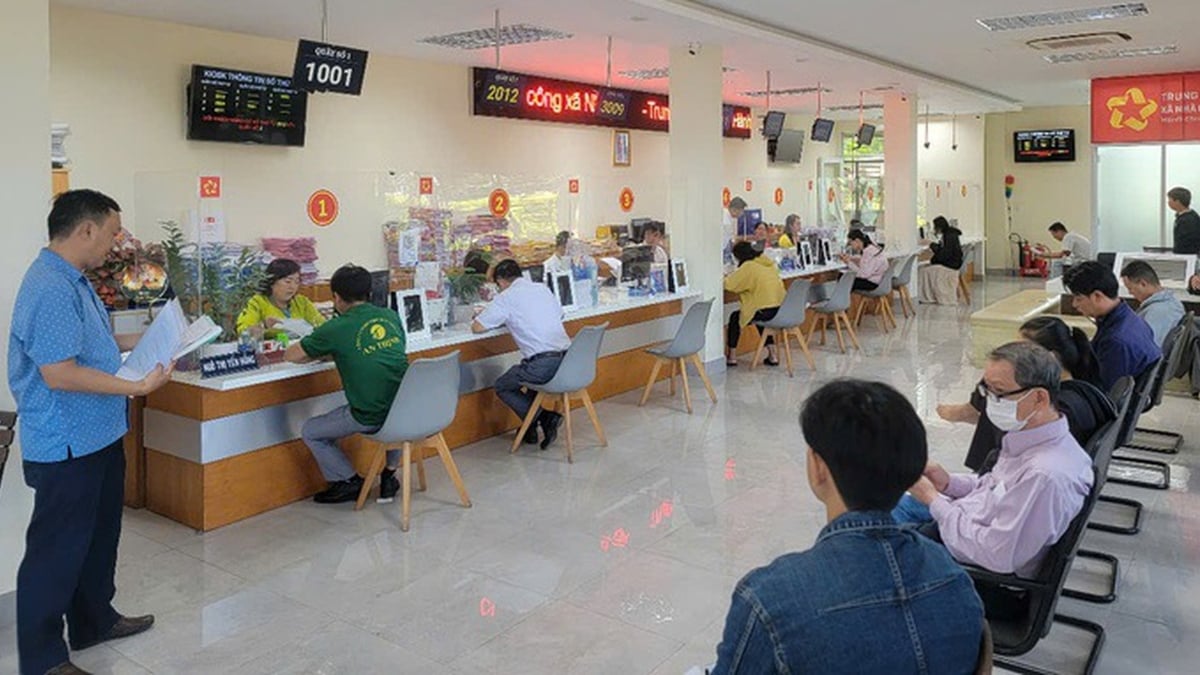
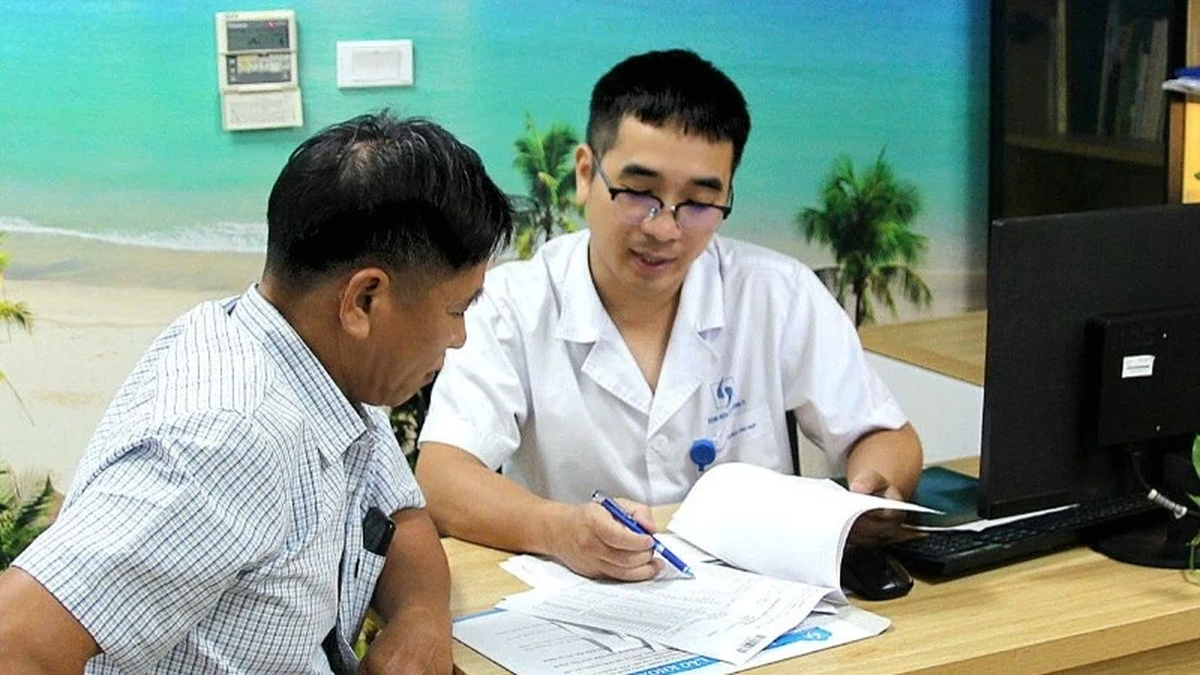
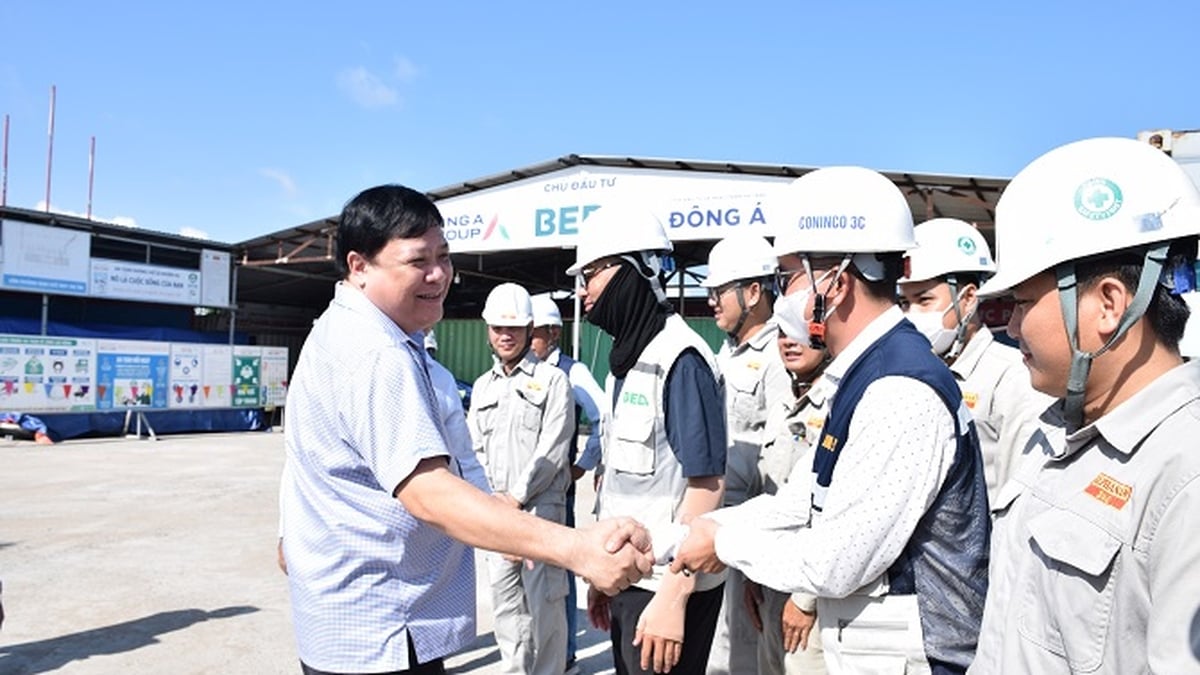





















![[Infographic] Vietnam-Senegal traditional friendship](https://vphoto.vietnam.vn/thumb/1200x675/vietnam/resource/IMAGE/2025/7/23/4c96a604979345adb452af1d439d457b)



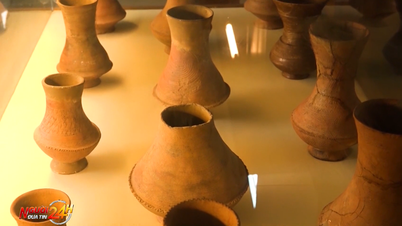



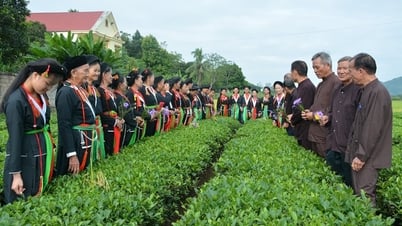













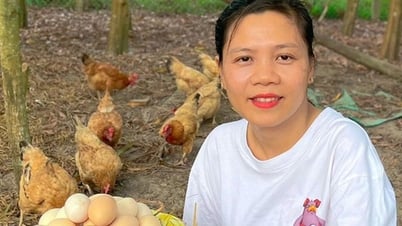



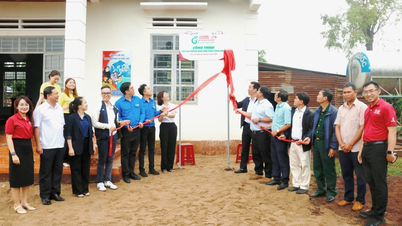
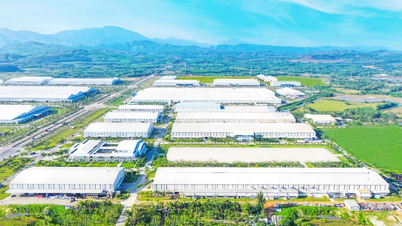









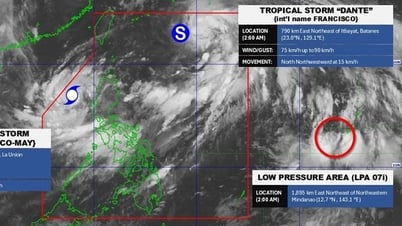











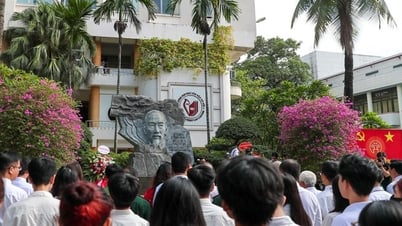








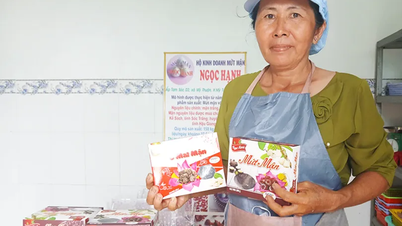

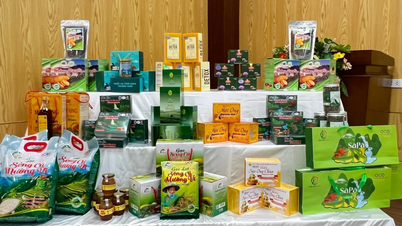



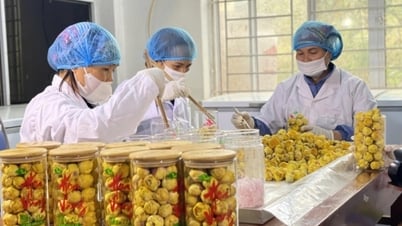









Comment (0)